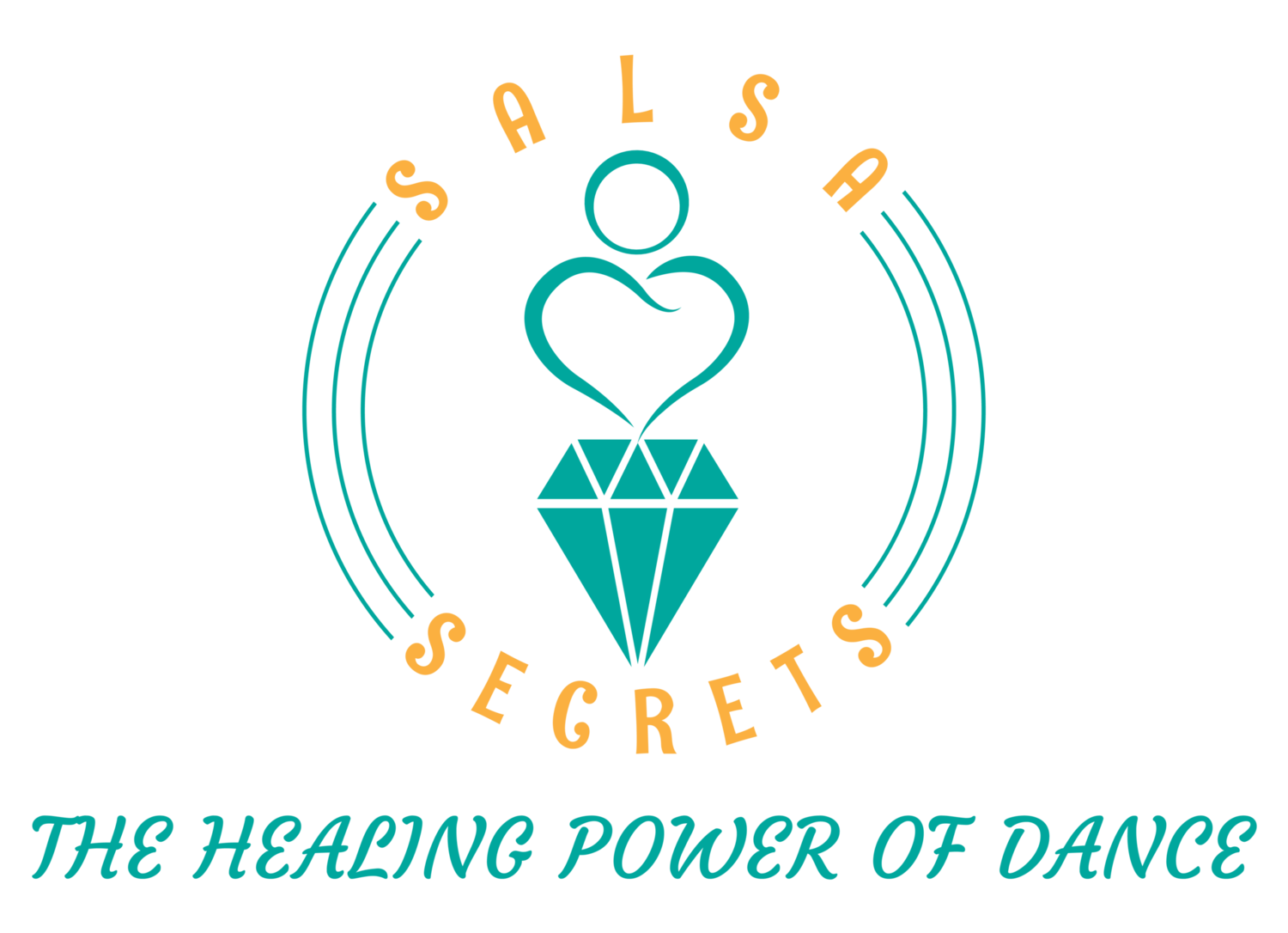Bolero, a genre known for its heartfelt lyrics and soul-stirring melodies, has captured the hearts of listeners around the world for over a century.
Origin of Bolero
Originating in Spain and later finding its way to Latin America, bolero is a musical expression of love, longing, and emotional depth. In this blog post, we embark on a journey to explore the origins of bolero, tracing its roots and uncovering the captivating story behind this timeless and evocative genre.
The origins of bolero can be traced back to Spain in the late 18th century. It was initially a form of popular dance and music, characterized by its moderate tempo, rhythmic patterns, and poetic lyrics. Bolero drew inspiration from traditional Spanish folk music, incorporating elements of flamenco and regional musical styles.
Bolero found its true home and flourished in Cuba during the 19th century. Cuban musicians and composers infused the genre with their own unique flavors, blending it with Afro-Cuban rhythms and melodic sensibilities. This fusion of Spanish and African influences gave rise to the distinct Cuban bolero, characterized by its syncopated rhythms, sensual melodies, and emotional depth.
Popularization of Bolero
The trío romántico, a vocal trio accompanied by guitar, played a vital role in popularizing bolero in the early 20th century. Groups like Trio Matamoros and Trio Los Panchos captivated audiences with their harmonious vocals and intimate interpretations of bolero classics. The trío romántico became synonymous with the genre, and their recordings spread bolero's popularity across Latin America and beyond.
In the mid-20th century, bolero gained international recognition and became a beloved genre worldwide. Its melancholic melodies and emotional themes resonated with listeners of diverse cultures and languages. Artists like Pedro Infante, Agustín Lara, and Lucho Gatica became iconic figures in the bolero tradition, enchanting audiences with their passionate performances.
Evolution of Bolero
Over time, bolero evolved and branched out into various subgenres, each with its own distinctive characteristics. The bolero ranchero, popular in Mexico, incorporated elements of regional Mexican music, while the bolero filin in Cuba embraced jazz influences. Bolero also influenced other Latin American genres, such as the bolero-son and the bolero-mambo, which infused bolero's sentimental melodies with vibrant Afro-Caribbean rhythms.
Although bolero experienced a decline in popularity during the mid-20th century, it has experienced a resurgence in recent years. Artists like Buena Vista Social Club, Lila Downs, and Natalia Lafourcade have revived the genre, introducing it to new generations of listeners. Bolero continues to evolve and find new expressions within contemporary music while staying true to its emotional core.
Legacy of Bolero
Bolero's enduring legacy lies in its ability to evoke deep emotions and create a profound connection between the listener and the music. Its themes of love, heartbreak, and longing are timeless and resonate across cultures and generations. Bolero serves as a reminder of the power of music to touch our souls and transport us to a world of passion and nostalgia.
Bolero, with its origins rooted in Spain and its evolution in Cuba and Latin America, is a genre that speaks directly to the heart. Its melancholic melodies and poetic lyrics have made it a timeless and beloved musical tradition. As we immerse ourselves in the enchanting world of bolero, let us embrace the emotional journey it offers, celebrating the artistry and depth of this captivating genre that continues to captivate and inspire listeners worldwide.

